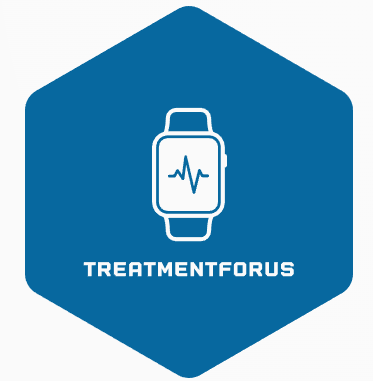Uterine fibroids, also known as leiomyomas, are non-cancerous growths that develop in the uterus. They are very common, with up to 80% of women experiencing fibroids at some point in their lives. While fibroids are usually not life-threatening, they can cause discomfort and disrupt daily life, which is why it is important to understand their causes and available treatments.
Causes of Uterine Fibroids:
The exact cause of fibroids is not fully understood, but there are several factors that can contribute to their development. These include:
Hormones: Estrogen and progesterone, two hormones that regulate the menstrual cycle, can promote the growth of fibroids.
Genetics: If your mother or sister has had fibroids, you are more likely to develop them as well.
Age: Fibroids tend to develop in women between the ages of 30 and 50.
Ethnicity: Women of African descent are more likely to develop fibroids than women of other ethnicities.
Symptoms of Uterine Fibroids:
Fibroids may not cause any symptoms, but when they do, the symptoms can include:
Heavy or painful periods
Pain during sex
Frequent urination
Constipation
Pelvic pain or pressure
Enlarged abdomen
Back pain
Treatment of Uterine Fibroids:
The treatment of fibroids depends on the size, location, and symptoms of the fibroids, as well as the woman’s age and desire for future fertility. Treatment options include:
Watchful Waiting: If the fibroids are small and not causing any symptoms, your doctor may recommend waiting and monitoring the fibroids for changes.
Medications: Certain medications, such as birth control pills, can help to regulate the hormones that contribute to fibroid growth.
Surgery: If the fibroids are large or causing significant symptoms, surgery may be necessary. There are several types of surgery, including:
Myomectomy: This surgery involves removing the fibroids while leaving the uterus intact. It is often recommended for women who wish to have children in the future.
Hysterectomy: This surgery involves removing the uterus and is only recommended for women who do not wish to have children in the future.
Uterine Fibroid Embolization: This minimally invasive procedure involves cutting off the blood supply to the fibroids, causing them to shrink and die.
Other Procedures: Other procedures, such as endometrial ablation or MRI-guided focused ultrasound, may be recommended in certain cases.
In conclusion, uterine fibroids are a common condition that can cause discomfort and disruption to daily life. Understanding the causes and available treatments can help women make informed decisions about their health and well-being. If you suspect you may have fibroids, it is important to speak with your healthcare provider for an accurate diagnosis and individualized treatment plan.
